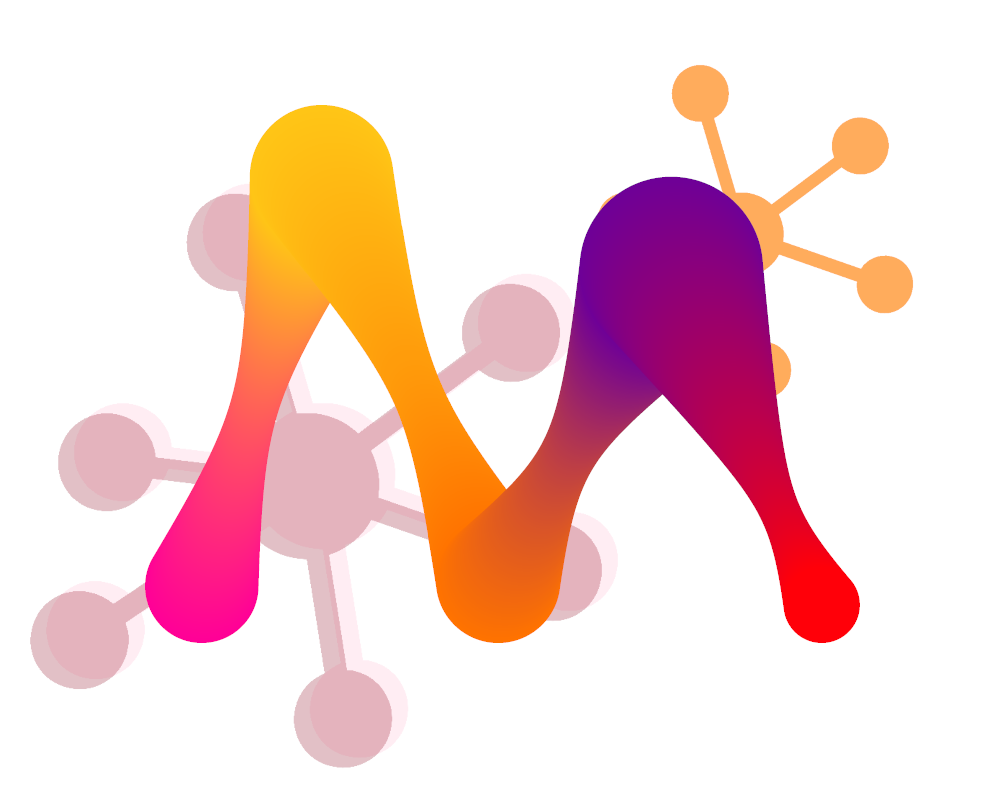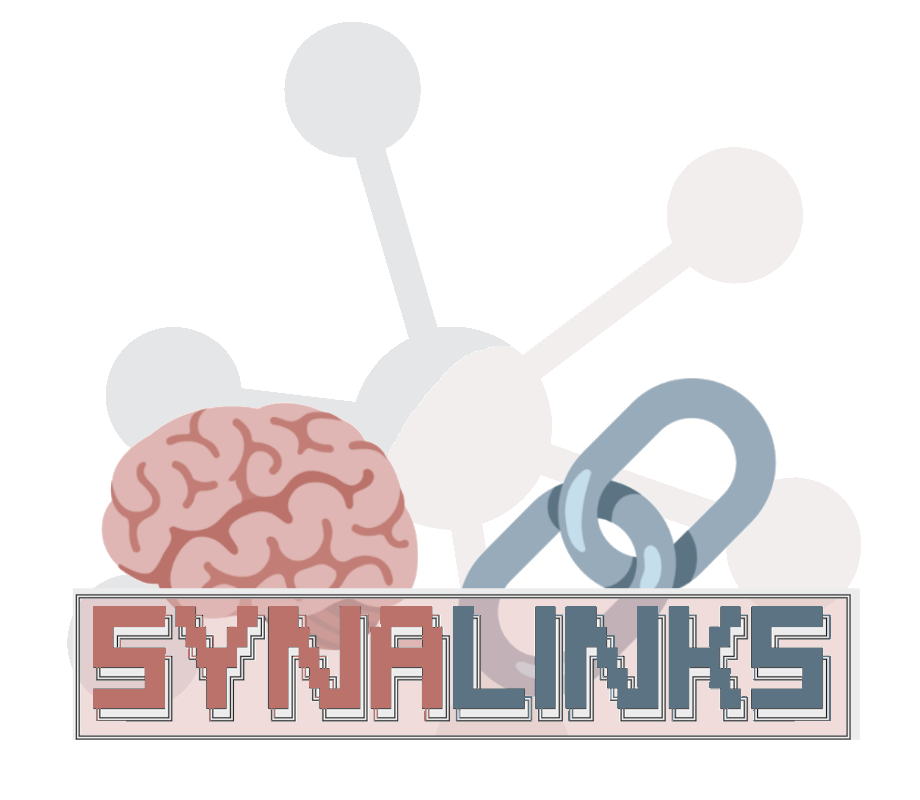The Weekly Edge: Infinigraph, GQL in KQL, Youtu-GraphRAG & More [12 September 2025]
Discover what’s new in the world of graph technology this week, including 3 big releases from Neo4j, Microsoft Fabric Graph, and ArcadeDB, plus more.
![The Weekly Edge: Infinigraph, GQL in KQL, Youtu-GraphRAG & More [12 September 2025] The Weekly Edge: Infinigraph, GQL in KQL, Youtu-GraphRAG & More [12 September 2025]](https://gdotv.com/wp-content/uploads/2025/09/neo4j-infinigraph-gql-azure-data-explorer-graphrag-weekly-edge-12-September-2025.jpg)
Discover what’s new in the world of graph technology this week, including 3 big releases from Neo4j, Microsoft Fabric Graph, and ArcadeDB, plus more.

Memgraph+G.V() is a classic combination that turns your computer into a formidable tool for analysis and visualization, which is exactly what we’d like to show you today. We’ll first explore how to get started with Memgraph itself and use some of Memgraph’s own built-in visualization options, then we’ll show how G.V() can unlock even more of Memgraph’s potential.
![The Weekly Edge: Public Endpoints in Neptune, Agentic GraphRAG, New Graph Algo [5 September 2025] The Weekly Edge: Public Endpoints in Neptune, Agentic GraphRAG, New Graph Algo [5 September 2025]](https://gdotv.com/wp-content/uploads/2025/09/amazon-neptune-public-endpoints-neo4j-mcp-weekly-edge-5-September-2025.jpg)
Discover what’s new in the world of graph technology this week, including Amazon Neptune news, an Apache TinkerPop release, and a Dijkstra’s algorithm ouster.

Descended from RedisGraph technology, FalkorDB is a versatile graph database that excels in multiple use cases. Its powerful GenAI-focused approach is ideal for applications such as GraphRAG, agentic memory, chatbots, fraud detection and cyber security – all of this while boasting multi-tenancy support, ultra-low latency, flexible horizontal scaling, vector search and highly efficient memory usage.

G.V() 3.38.90 is out now! This newest version includes a number of exciting updates – most notably we have added full FalkorDB support. We’ve also added several new quality-of-life features and fixes, including an improved stylesheet interface that makes customizing your graph visualization easier than ever!
![The Weekly Edge: Neptune on R8g, Graph Learning, & More [29 August 2025] The Weekly Edge: Neptune on R8g, Graph Learning, & More [29 August 2025]](https://gdotv.com/wp-content/uploads/2025/08/amazon-neptune-graph-learning-rdf-vs-lpg-weekly-edge-29-august-2025.jpg)
Discover what’s new in the world of graph technology this week, including a new podcast with Paco Nathan, a knowledge graph tutorial, and more.

SynaLinks is an open-source framework designed to make it easier to partner language models (LMs) with your graph technologies. Since most companies are not in a position to train their own language models from scratch, SynaLinks empowers you to adapt existing LMs on the market to specialized tasks.
![The Weekly Edge: Ben Lorica on GraphRAG, Semantic ER, Security Graphs & More [22 August 2025] The Weekly Edge: Ben Lorica on GraphRAG, Semantic ER, Security Graphs & More [22 August 2025]](https://gdotv.com/wp-content/uploads/2025/08/ben-lorica-graphrag-cybersecurity-knowledge-graphs-weekly-edge-22-august-2025.png)
Discover what’s new in the world of graph technology this week, including Ben Lorica’s thoughts on GraphRAG and Kuzu, cybersecurity graphs à la Wiz, and more.
![The Weekly Edge: Graph Size Matters, TuringDB, & (Somehow) Guy Fieri [15 August 2025] The Weekly Edge: Graph Size Matters, TuringDB, & (Somehow) Guy Fieri [15 August 2025]](https://gdotv.com/wp-content/uploads/2025/08/turingdb-graphwise-knowledge-graph-size-weekly-edge-15-august-2025.png)
Discover what’s new in the world of graph technology this week, including a brand-new graph database, some thoughtful KG discussions, a graph viz game, & more.

Hydra is a programming language that uses mathematical abstraction to model graphs within the language itself. It’s an open-source project spearheaded by Josh Shinavier, co-creator of Apache TinkerPop. In Josh’s own words: “In Hydra, programs are graphs, and graphs are programs.”